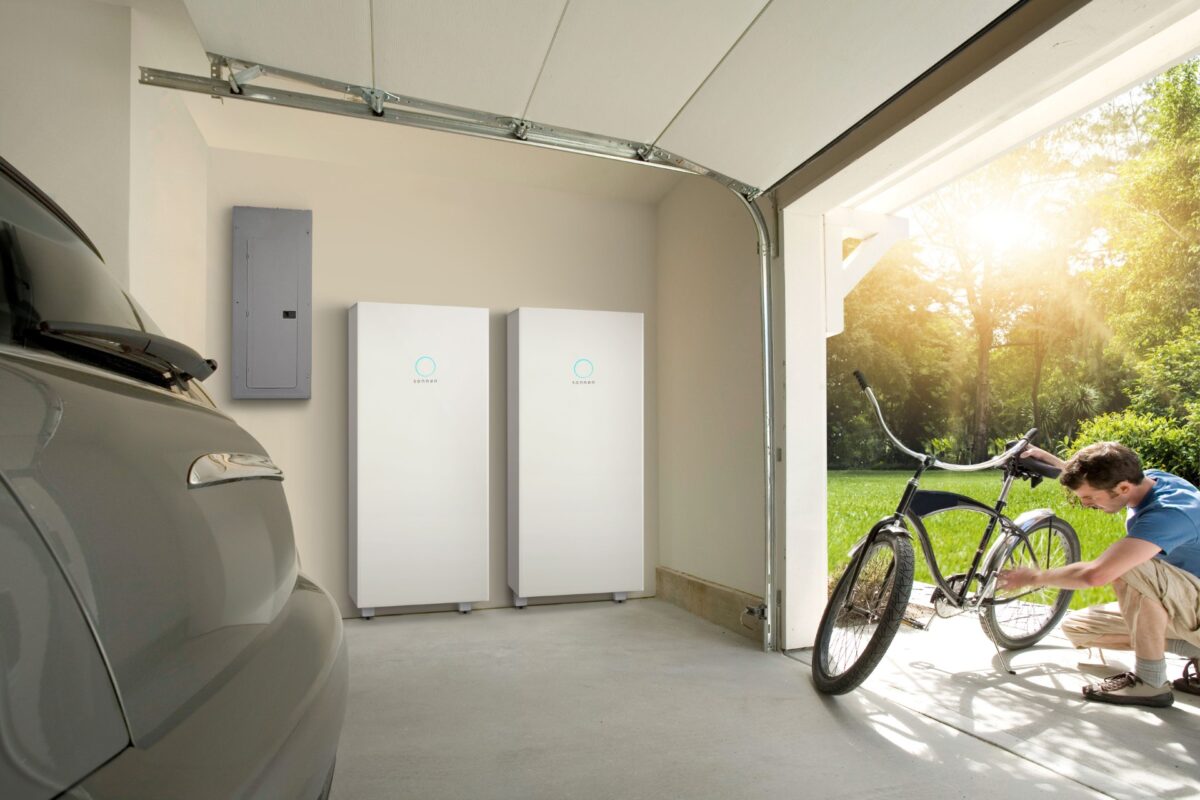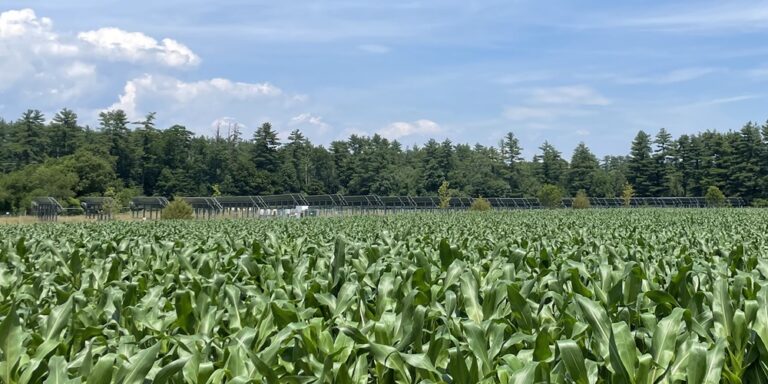At Bluewave, integrating solar technology with traditional agricultural practices is not just a concept, it is the new standard. Jesse Robertson-DuBois, director of sustainable solar development, shares insights on agrivoltaic solar’s transformative journey within the industry.
“We have taken a deep dive into agrivoltaic energy, it is now our default land use option in our solar panels,” said Jesse Robertson-DuBois, Director of Sustainable Development at Bluewave. pv magazine USA.
“The first approach to a project is: ‘How can we accommodate agrivoltaic energy?’ It’s the first thing we do during development. Sometimes that turns out to be cultivation, sometimes it’s sheep grazing, sometimes it’s cattle – and sometimes we don’t have a good food-related option, so we turn to pollinators,” Robertson-DuBois explains.
Agrivoltaic solar energy facilities are starting to deliver on their promise. Despite organized public opposition to large solar power plantsprojects covering 1,000 hectares are successfully integrated into regional agricultural practices. Polls show that public dissatisfaction tends to increase with solar installations larger than 100 megawattswhile even smaller installations of about 50 hectares, or about 10 megawattscan also attract negative attention.
Robertson-DuBois has a rich background in agriculture and farmland policy. He owns a farm in western Massachusetts where his daughter grazes sheep. He has been involved in diversified farming for most of his life and recently shared his enthusiasm for a weekend of working with hay and vegetables on a farm near his home.
In the early stages of developing a new facility, Robertson-DuBois prioritizes building a trusting relationship with the farmer. This mutual trust is crucial in navigating the evolving aspects of the project. A key part of their discussions is identifying which farm equipment is essential to ongoing operations and which can be replaced or modified as project details are finalized.

For example, on a project in Western Massachusetts, Bluewave opted to replace a tractor and a haymaker rather than modify the entire series. The drivetrain of Array Technologies’ solar tracking system (similar to a vehicle’s driveshaft and circled in red in the image above) was initially positioned lower than the height of those machines. Although it had already been raised to 10 feet above the ground to comply with Massachusetts agricultural voltaics regulations, a further increase to accommodate farm equipment would have quadrupled the cost of steel. These costs far exceeded the costs of replacing the machines.
From the collection of five agricultural voltaic projects in Massachusetts, for which Bluewave raised $91 millionone is fully operational, both in agriculture and in the field of solar energy generation. The site supports livestock grazing, which has had minimal impact on the animals. “They started grazing this spring and grass growth and productivity are good. The cattle like the shade. They graze in one area, then go back under the modules and then go to the next grazing area,” Robertson-DuBois noted, before reminding us that the American Solar Grazing Association reports that more than 100,000 acres of solar installations are being installed grazed by various animals.
State programs are increasingly supporting agricultural voltaic power plants. The SMART program in Massachusetts, started in 2018, offers up to six cents per kilowatt hour for agricultural voltaic projects. Meanwhile, newcomers like it New Jersey And New York explore their own initiatives. In particular, New York’s agrivoltaic pilot program focuses on more challenging agricultural opportunities. Unlike ‘standard’ agrivoltaic technologies such as sheep grazing or supporting pollinators, New York’s program encourages the integration of agrivoltaic energy with livestock such as cows and even cannabis cultivation.
In the Northeastern US, Robertson-DuBois explained that designing solar trackers that can withstand heavy snow loads typically results in a structure robust enough to house livestock and use them as scratching posts. The key, he noted, is to move certain, less robust pieces of hardware, such as wiring and combiner boxes, out of reach.
When discussing the integration of solar energy with soybean production – America’s second largest crop – Robertson-DuBois went into details:
Soy [has] absolute, huge potential. It is a shrub, where the outer leaves of the plant are really there to protect the inner leaves. Soy has a so-called long photoresponse period; When there is too much light, the stomata close, shutting down photosynthesis. Then the soybeans kind of sit there and say, “I don’t know if I’m ready yet.” At Bluewave we fund research to shorten this photoresponse time and increase photosynthesis.
Robertson-DuBois also noted the viability of other grains such as wheat, barley and oats. While grain corn, which can easily grow to more than 12 feet tall, poses more challenges, sweet corn intended for human consumption is considerably shorter at 8 to 8 feet and may therefore be more suitable.

Robertson-DuBois says a focus on the farm and the farmer’s needs, as well as the impact on the local community, is crucial to advancing projects. When deploying solar energy on a hundred-year-old wild blueberry farmJesse and his team practiced construction techniques that preserved existing vegetation.
At Bluewave’s Deighton, Massachusetts facility, which combines grazing and vegetable production, Bluewave implemented careful construction practices to protect soil from compaction and preserve organic matter.
“Building community trust, understanding the farm and putting real projects into practice – solving real challenges – that [spread over] Tens of hectares is how Bluewave is moving forward in agrivoltaics,” said Robertson-DuBois.
This content is copyrighted and may not be reused. If you would like to collaborate with us and reuse some of our content, please contact: editors@pv-magazine.com.
Popular content



